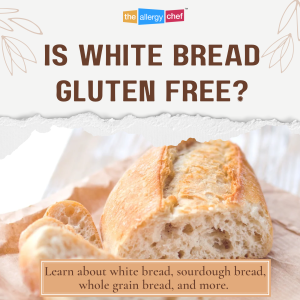If you’re new to gluten free living, you may be wondering if white bread is gluten free. In the traditional sense of the term “white bread”, no, it’s not gluten free. However, white gluten free bread does exist, so it’s all about context. Let’s take a further look.
When you’re in your local grocery store and you see white bread on the shelf, it most likely contains gluten. You’ll need to inspect the package (more on that later) to confirm. Grocery stores these days are organized one of two ways when it comes to gluten free: all gluten free products in one section, or gluten free products distributed throughout the store alongside their gluten containing counterparts.
I find it’s easiest to ask someone who works there upon entering if they have a gluten free section. As you shop the stores in your area, you’ll know which category they fall under, and where to find your new favourite products.
What is Gluten?
Gluten is a protein found in wheat, rye, and barley. It’s responsible for the elasticity in dough. When you go gluten free, you’ll find that the ingredient list on packaged foods starts to look a bit scientific. That’s because producers are trying to replicate what gluten does and the texture it provides.
There are many reasons a person may be gluten free:
- Celiac Disease
- Non-Celiac Gluten Sensitivity (NCGS)
- Wheat Allergy
- EOE (Eosinophilic Esophagitis)
- GI Disorders or Other Medical Condition (Crohn’s, etc.)
- Histamine Intolerance
For about 25% of patients managing Celiac Disease, oats are not an option, and this is because of the protein avenin. Avenin is a protein found in oats that’s similar to the proteins found in wheat, rye, and barley. You can read more about that in this article.
Celiac Disease Vs. Wheat Allergy
A wheat allergy is an allergy to wheat only. Someone with a wheat allergy can still eat rye and barley, which are gluten containing grains. In some people, their wheat allergy may be life-threatening and they’ll need to carry an epi-pen. Allergic reactions are IgE mediated by the immune system.
Someone with Celiac Disease on the other hand, has an autoimmune disease where the body will attack itself when gluten is consumed. Over time, this can lead to many negative health complications. There are more than 200 Celiac Disease symptoms, and the combination of symptoms are unique to each person.
It’s important to note that with both a wheat allergy and Celiac Disease, no two people are the same. This means that exposure to different amounts can cause a different reaction in those two people. With both a wheat allergy and Celiac Disease, the treatment is to not eat the trigger foods.
Related Articles
- Allergy Friendly Sandwiches (some of my kids’ favorite sandwiches are in this article)
- Cross Contact/Contamination
- Hidden Sources of Wheat & Gluten
- Wheat/Gluten Substitutes
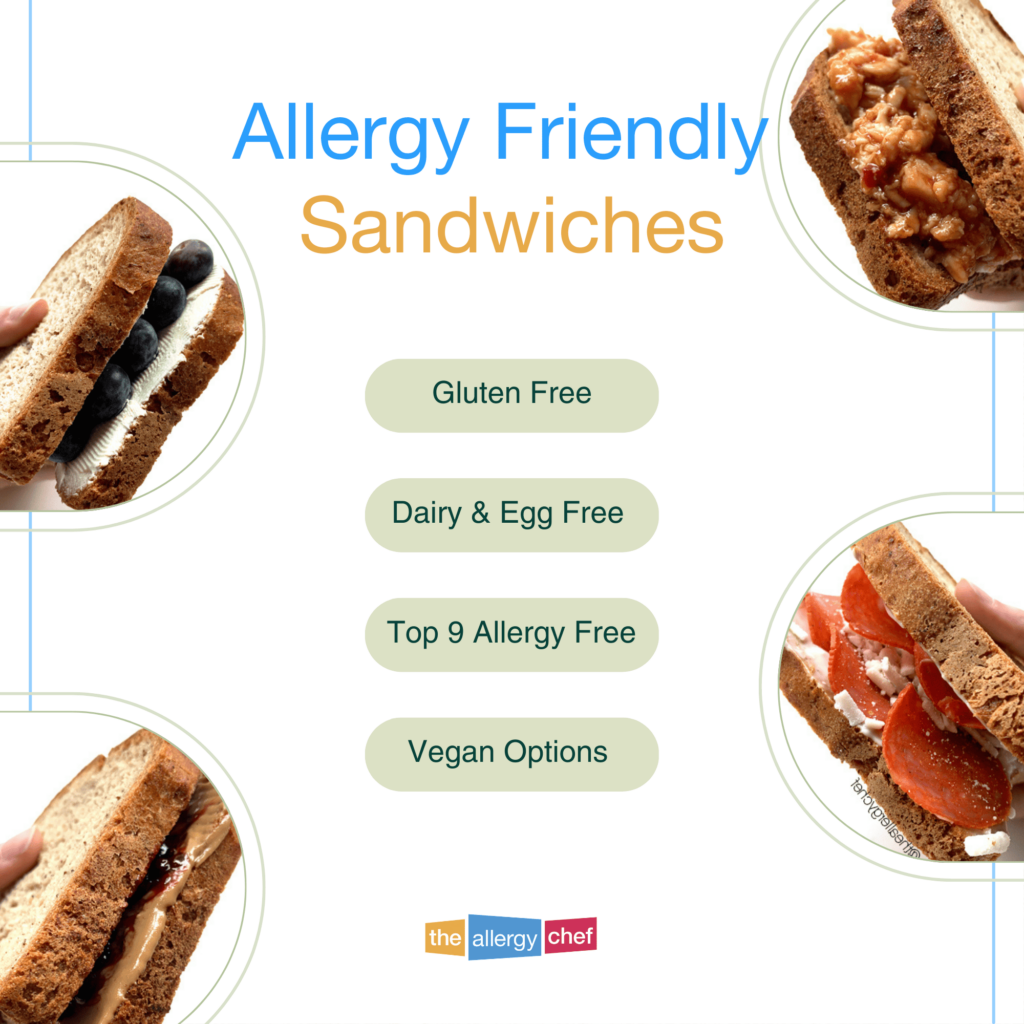 |
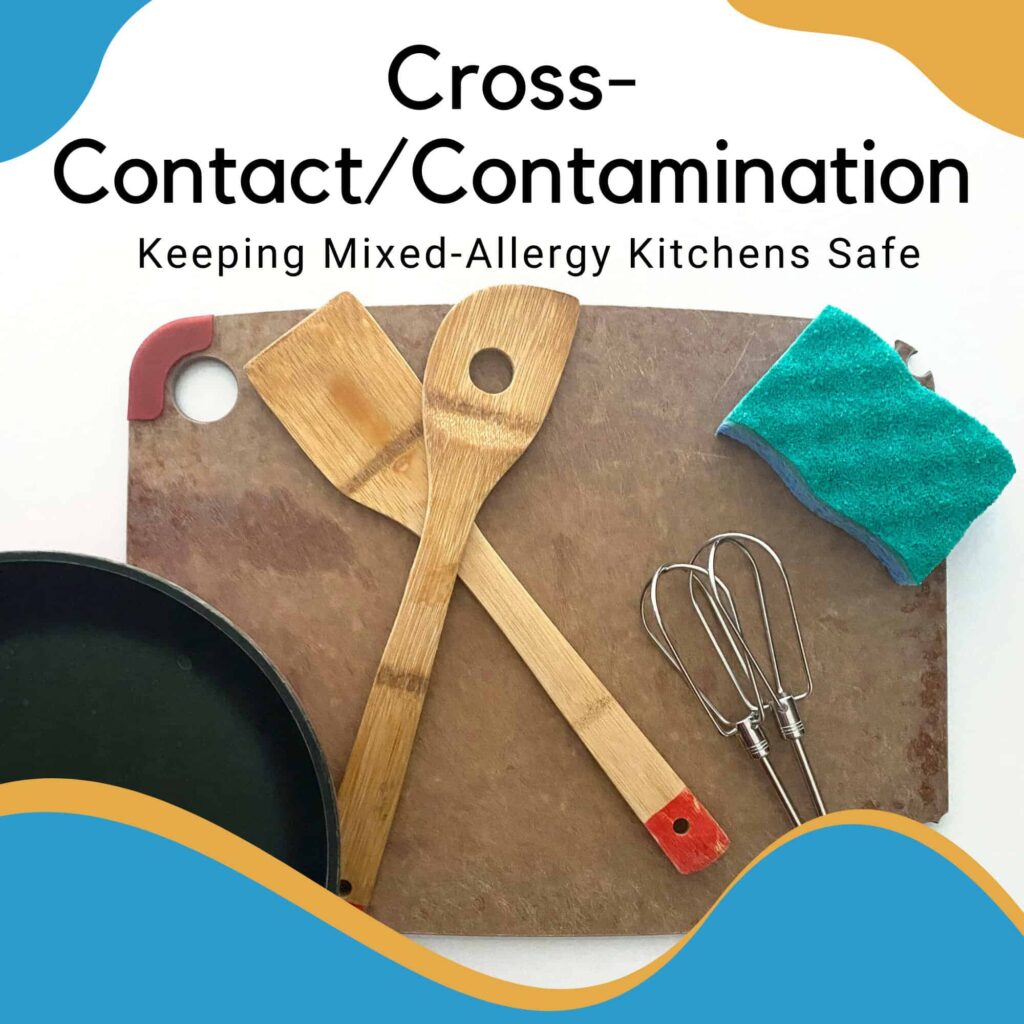 |
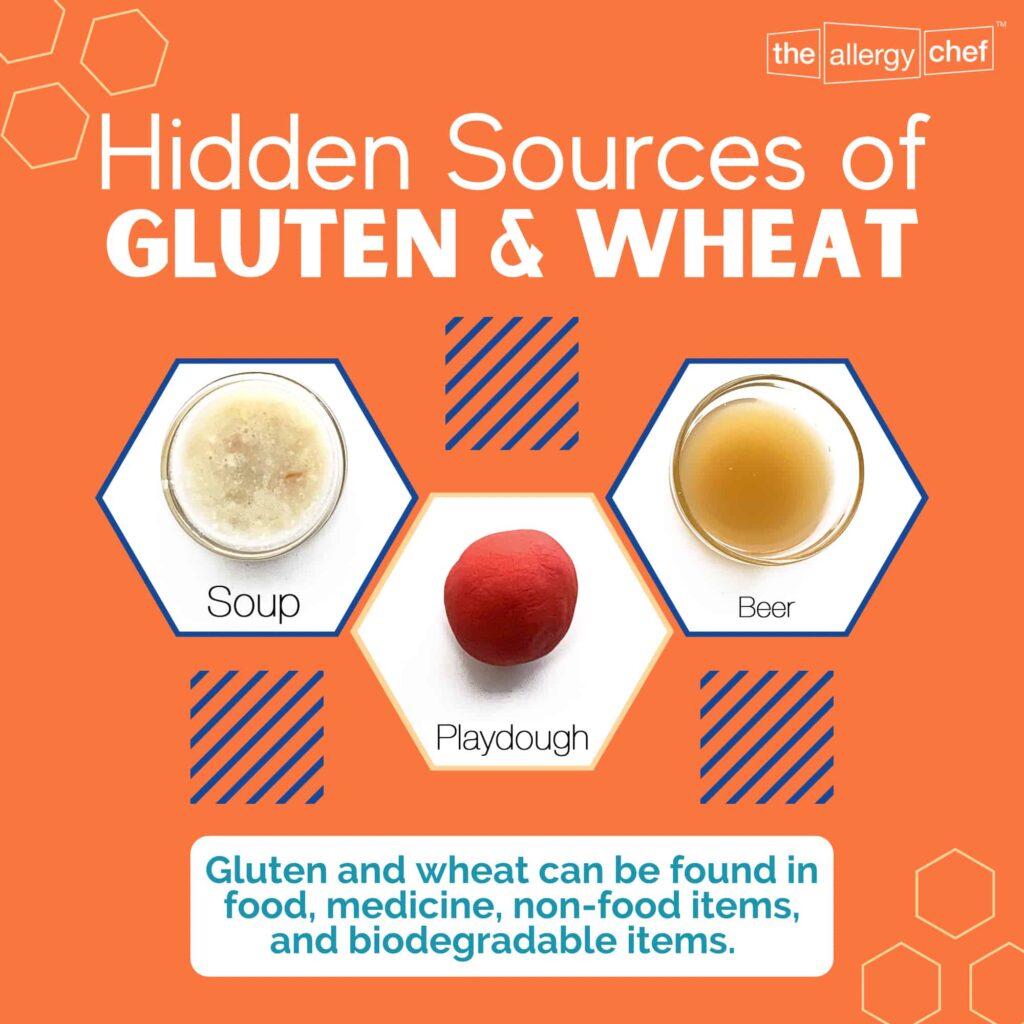 |
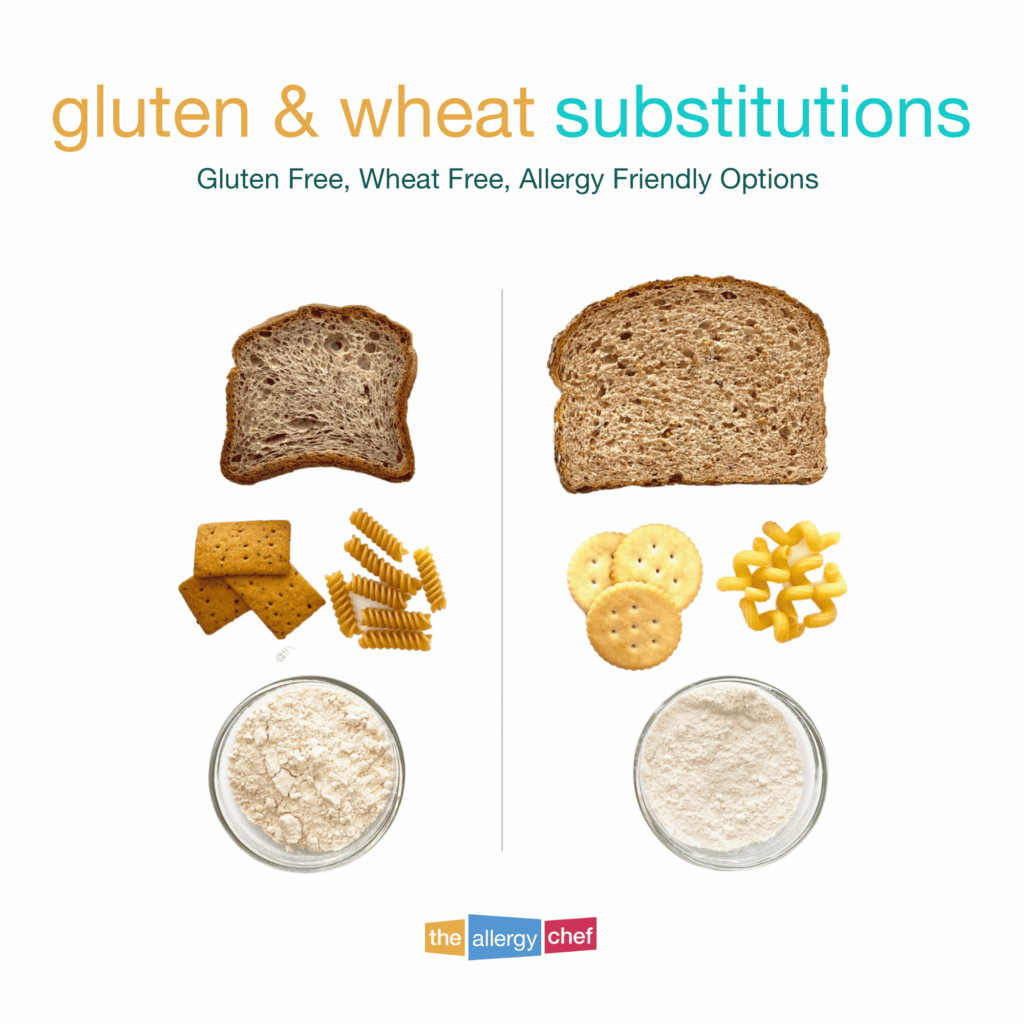 |
Popular Brands of Gluten Free Bread
- Against the Grain
- Arise
- B-Free (they tend to use more kid-friendly ingredients across their product line)
- Base Culture
- Bread SRSLY (sourdough, they use some of the highest quality ingredients)
- Canyon Bakehouse (consistently praised as one of the best gluten free bread options)
- Katz
- Little Northern Bakehouse (they have a great gluten free white bread)
- O’Dough’s
- Schär (they have several good options across a wide range of products including puff pastry)
- Udi’s
Be sure to check out VitaCost and GlutenFreeMall, as they carry some of these brands. If you’re new to all of this, see if there are any gluten free expos/shows happening in a major city near you. Often times, major brands are at the shows and sample products.
Be Careful When Purchasing Gluten Free Bread
There are a few things to be on the lookout for when you’re purchasing gluten free bread. First, is it made on shared equipment with wheat? Usually, the only way to know is to contact the company and ask. Some brands have this info on their website under the FAQ section. Even brands that are certified gluten free can still be made on shared equipment with wheat. Many are, and they don’t disclose this on the label.
Second, check the ingredients for things like “gluten free wheat starch” or “Caputo Flour”. These contain wheat derived ingredients. Some people with Celiac Disease are able to eat it and others aren’t. Those with a wheat allergy should absolutely not consume these ingredients.
Third, make sure you’re happy with the quality of the bread and ingredients, especially if you’re on a gluten free diet for medical reasons outside of a food allergy. It’s not uncommon for gluten free products to read like a science experiment when you examine the ingredients. Not everyone can tolerate some of the ingredients used to create the texture people are seeking.
Common Gluten-Free Flours & Ingredients Found in Commercial Gluten-Free Bread
- Apple Cider Vinegar
- Arrowroot
- Brown Rice Flour
- Cane Sugar
- Citric Acid (usually corn derived)
- Corn Starch
- Guar Gum (a legume derived ingredient)
- Millet Flour
- Oil (Sunflower Oil, Olive Oil, Canola Oil, etc.)
- Potato Starch
- Rice Starch
- Sea Salt
- Tapioca Flour
- Tapioca Starch
- White Rice Flour
Cross Contact in Gluten-Free Options
A lot of gluten free products are made by co-packers, and the equipment is shared across many brands and products. Unless a product has been made in a dedicated gluten free facility with raw materials that are also sourced from dedicated gluten free facilities, there’s a potential for cross contact/contamination.
Depending on your level of sensitivity, contacting manufacturers is going to be the best way to determine if a product is safe for you. Before purchasing gluten free bread, make sure you’re comfortable with how it was made.
This article has more information on cross contact/contamination.
Making Your Own Gluten-Free Bread at Home
These days, people feel that many gluten-free products are no longer being sold at a reasonable price. It’s an unfortunate result of a lot of market variables including supply and demand, cost of raw goods, and increased basic costs to manufacturers. Trust me when I say this, most gluten free brands aren’t rolling in the dough. Oh man, I crack myself up, that pun was not intended and I’m legit laughing right now. Seriously though, these brands are operating on thin margins and are trying to stay afloat.
The good news is that gluten free baking at home can save you a lot of money in the long run. You can make gluten free waffles, gluten free pancakes, gluten free muffins, gluten free cookies, gluten free bread, and just about anything else your heart desires at home. Many recipes are freezer friendly, so you can batch cook to get ahead.
If you’ve got a gluten intolerance of any kind, here’s my biggest bread making tip: use psyllium husk powder in your gluten free bread recipe. It’s going to help you get closer to the traditional texture of white bread in the stretchy sense. It also produces a better “squish” factor (when you hold the bread and pinch it between your fingers).
Another huge gluten free bread making tip: have a great gluten free flour blend. When you don’t blend flours, the results are awful. The only people who shouldn’t blend flour are those who are allergic to all but one flour option. Everyone else should be blending for the best results. Here’s an article on gluten free flours if you’re not sure where to start.
Gluten Free Bread Recipes
- Gluten Free Sandwich Bread Recipe
- Honey Oat Loaf Recipe
- Easy Buckwheat Sheet Pan Bread (yes, buckwheat is gluten free, despite the name)
- Corn Free, Yeast Free, Seed Free Bread Recipe
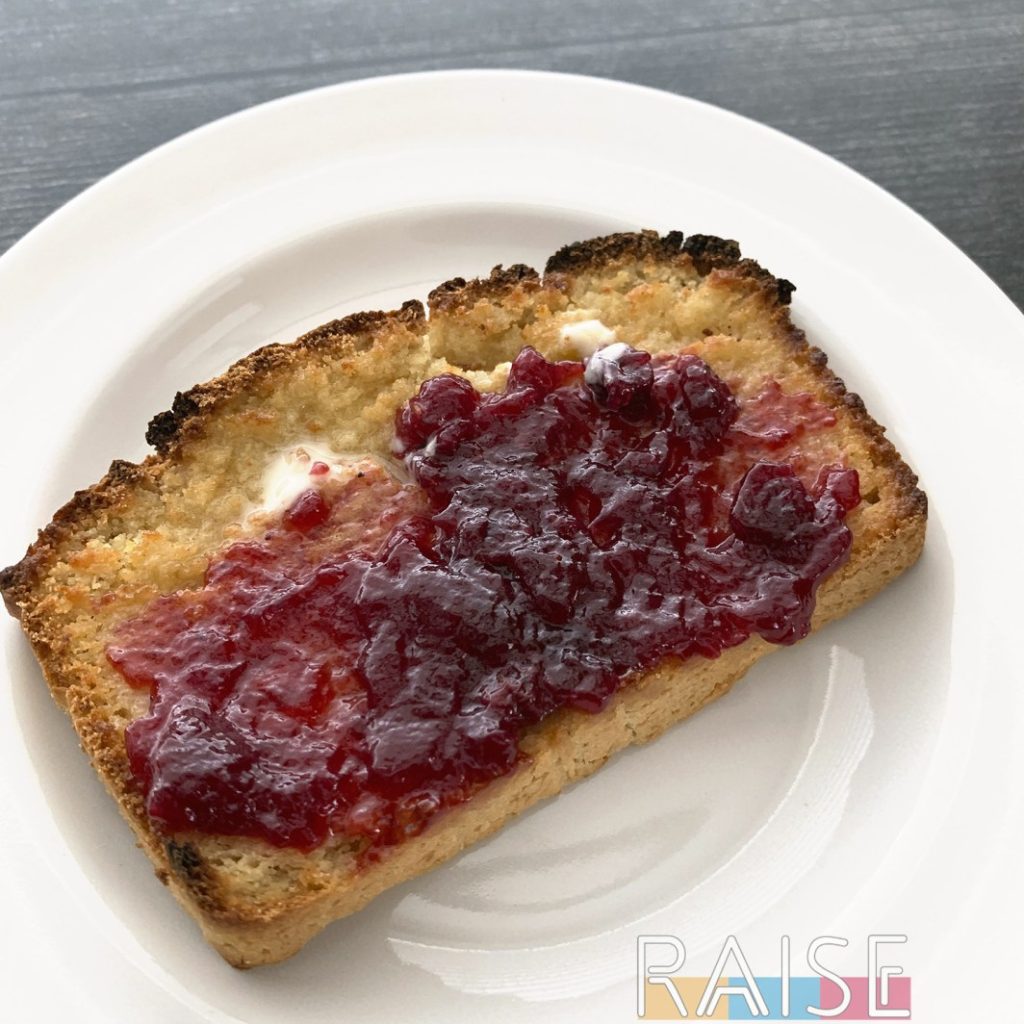 |
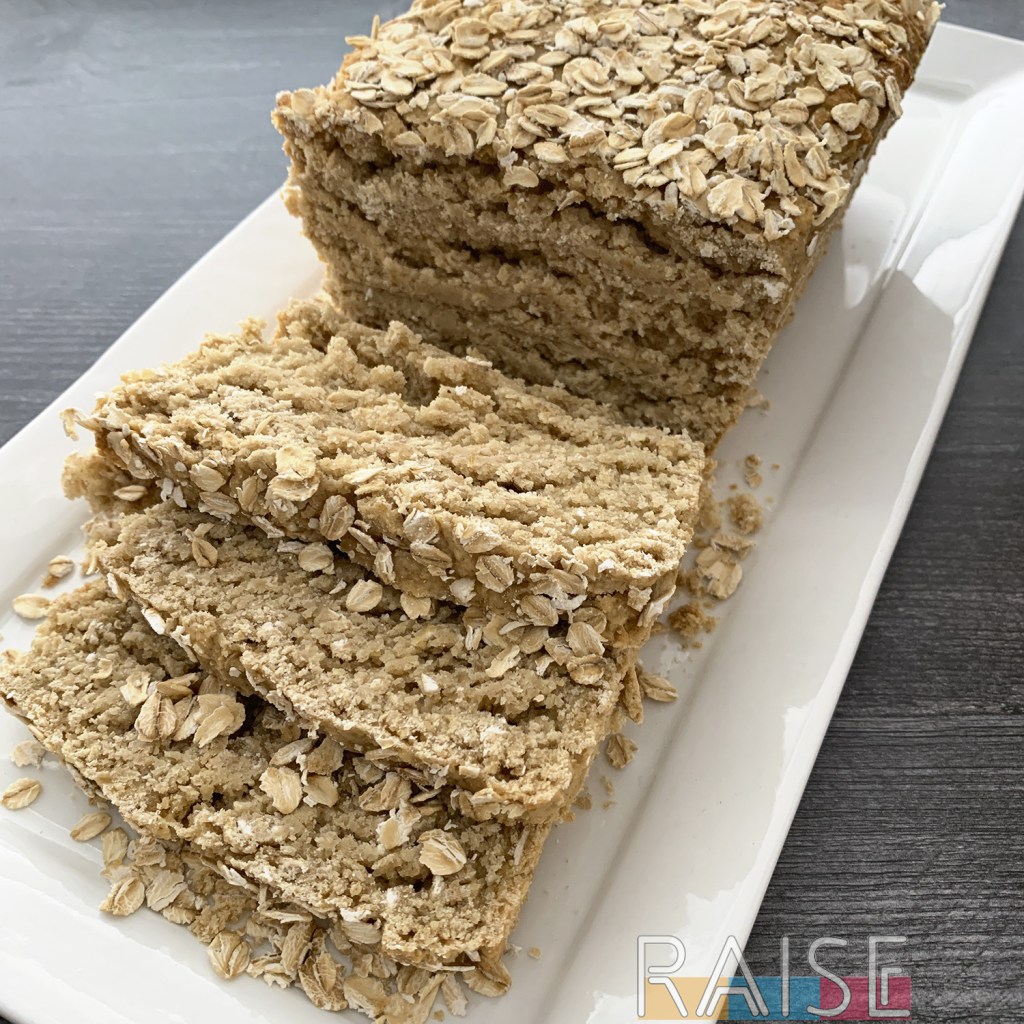 |
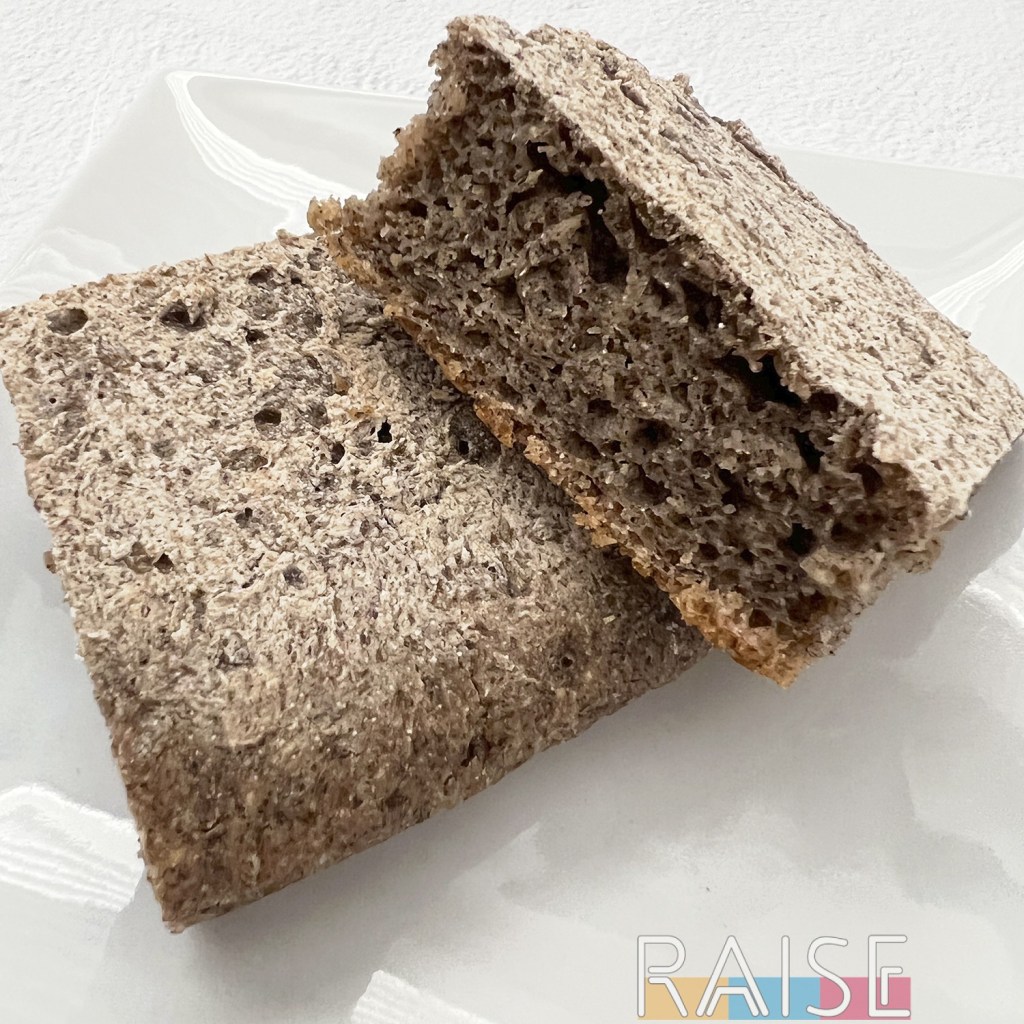 |
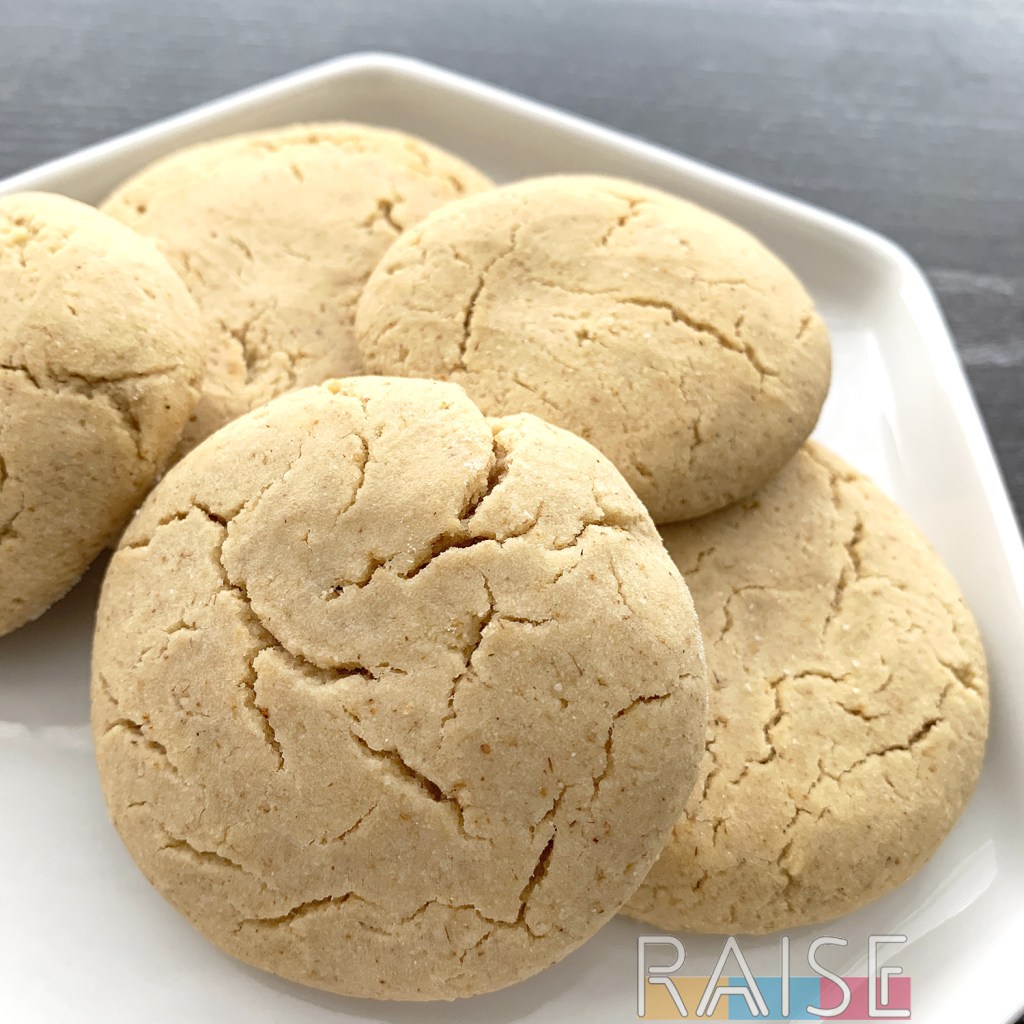 |
Answering Your Gluten Free Bread Questions
Is sourdough bread gluten free?
Unless it says “gluten free” sourdough, no, it’s not gluten free. You may have seen a video online about how people with Celiac Disease can eat sourdough bread that’s properly made. Or perhaps you saw that people with Celiac Disease can eat European bread. Let me make this so clear: THAT IS NOT TRUE.
In some cases, it works out because of one reason or another. However, people with a wheat allergy or Celiac Disease should not consume wheat, no matter where it’s grown or how it’s processed. If you want to take the risk as a fully informed adult, you can, but please don’t experiment on children with a wheat allergy or Celiac Disease.
Some people think that because the sourdough bread has been fermented and it’s easier to digest that it’s now safe for someone with Celiac Disease. Again, this isn’t a true statement 99.9% of the time.
Bread SRSLY and Young Kobras are two of several brands that make gluten free sourdough bread and ship nationwide. If you want to make it yourself, check out the recipes and tutorials from Rustic Scoop.
Is buckwheat flour gluten free?
Yes, unlike what the name suggests, buckwheat is gluten free. It’s one of many gluten-free grains you can consume and use when making your perfect bread at home. Not many gluten free breads sold in stores contain buckwheat, but you will see it here and there.
Buckwheat has a distinct taste and texture, so be sure to blend it with other gluten free grains for the best results.
Does gluten-free bread hold up well to avocado toast?
Some do, but not all. As you may have seen, a lot of gluten free sandwich bread sold in stores has large holes in it. Or, the bread is tiny. In both cases, I wouldn’t make avocado toast with that kind of bread. From what I’ve personally seen, Canyon Bakehouse holds up very well to spreads and avocado toast type creations. Little Northern Bakehouse along with a few others may do well, especially when toasted.
If you haven’t found a good bread for avocado toast, maybe start with a gluten free tortilla or rice cake? It’s not the same thing, but those will hold up much better than a tiny piece of bread with a big hole in the middle.
Do I need to use xanthan gum in my gluten free bread recipe?
I’m sure you’ve seen xanthan gum in gluten free bread at your local grocery store. You’ve probably also seen it in all purpose gluten free flour blends. As someone who is severely allergic to corn (what 99% of xanthan gum products are derived from) I can tell you that no, you don’t need xanthan gum in your loaf of bread.
There are a couple of things to take into consideration. First, a good sourdough bread recipe won’t call for too many ingredients. Fermentation is a huge part of the process and is one of the reasons you won’t need extra additives.
Second, the quality of the recipe (or boxed mix) matters. When done right, gluten free flours can make amazing bread (sourdough and non-sourdough). You have to get the ratios spot on. In some cases, whole egg is called for to help make the bread better in the end. If you can have egg, you may want to start with a recipe like that.
If you’re gluten free + vegan, and want to purchase bread, look into Better Batter and Rustic Scoop, as they both have amazing mixes that are free from major allergens. Additionally, if you’re a sourdough fan, check out Bread SRSLY. They ship nationwide, are top 9 allergy free, and have a dedicated facility last I checked.
I have a wheat allergy. Do I need to eat gluten free bread? Or is there another option for someone like me?
No, you need to eat wheat free bread only. However, it’s hard to come across gluten containing, wheat free bread in most grocery stores. It will usually be made of rye, barley, or oats (or some combination of those three). These breads are usually considered artisan bread, and you’ll have more luck finding them online or in specialty/organic/co-op type grocery stores.
It’s still a good idea to contact the bakery before purchasing to ensure the bread is wheat free. Bakeries that produce artisan breads usually make regular wheat containing breads as well, and risk for cross contact is extremely high.
Do you know of a good gluten free pizza crust?
When you’re new to following a strict gluten-free diet, I know finding basics such as pizza crust is a top priority. Against the Grain is a brand sold in freezer sections nationwide that has good reviews. Wholly Wholesome Gluten Free Pizza Dough Balls are amazing, and also top 9 allergy free. If you want to try your hand at making crust at home, check out the brand Rustic Scoop. They sell a good boxed mixed and have very good ingredients.
Should I only eat certified gluten-free bread?
This is going to come down to individual tolerance and personal preferences. It’s important to know that gluten free certification is an expensive process that not every brand can afford. There are lots of brands producing foods that are naturally gluten free and not certified as such.
On the flip side however, there’s lots of gluten-free food, certified gluten free, produced on shared equipment with wheat, and it isn’t disclosed on the label. I spoke with one such brand and they said they only test for gluten in their products once per year. Let that sink in, because the odds of cross contact is decent.
Knowing that, for the best results, you’ll want to contact companies and ask about their process and shared equipment, if that’s important to you. I know some people that only eat certified gluten free foods, but it’s important to know that the certification system isn’t a perfect one. There have been recalls from brands who are certified gluten free because something became contaminated with gluten. In each case, they were using co-packers and had very little control over the overall process.
So, take all of this information and mull it over, then, decide how you’d like to proceed. In the case of my household, we do gluten free because of a wheat allergy, and shared equipment isn’t an option. Therefore, most foods are made from scratch with gluten free raw materials not made on shared equipment.
Is whole grain sorghum flour the same thing as white sorghum flour?
Usually, no, they won’t be the same. When something is called a whole grain, it means the entire grain/seed is in tact. The bran and outer portion of the seed/grain is present. Often times, these produce flours that are brown in colour.
When you have a white flour, it means that whole grains/seeds have had the outer portion removed (usually mechanically) and the white center remains. That’s then processed into something else. White flours usually have a lower nutritional value, a subtle sweetness, and different baking qualities.
Ultimately, it’s going to come down to personal preference. However, there will be performance differences as well. I suggest purchasing different varieties of gluten free flours and doing test bakes with them. I did this when my kids were younger and learned which flours they absolutely hated, and which ones would be good to develop recipes with.

